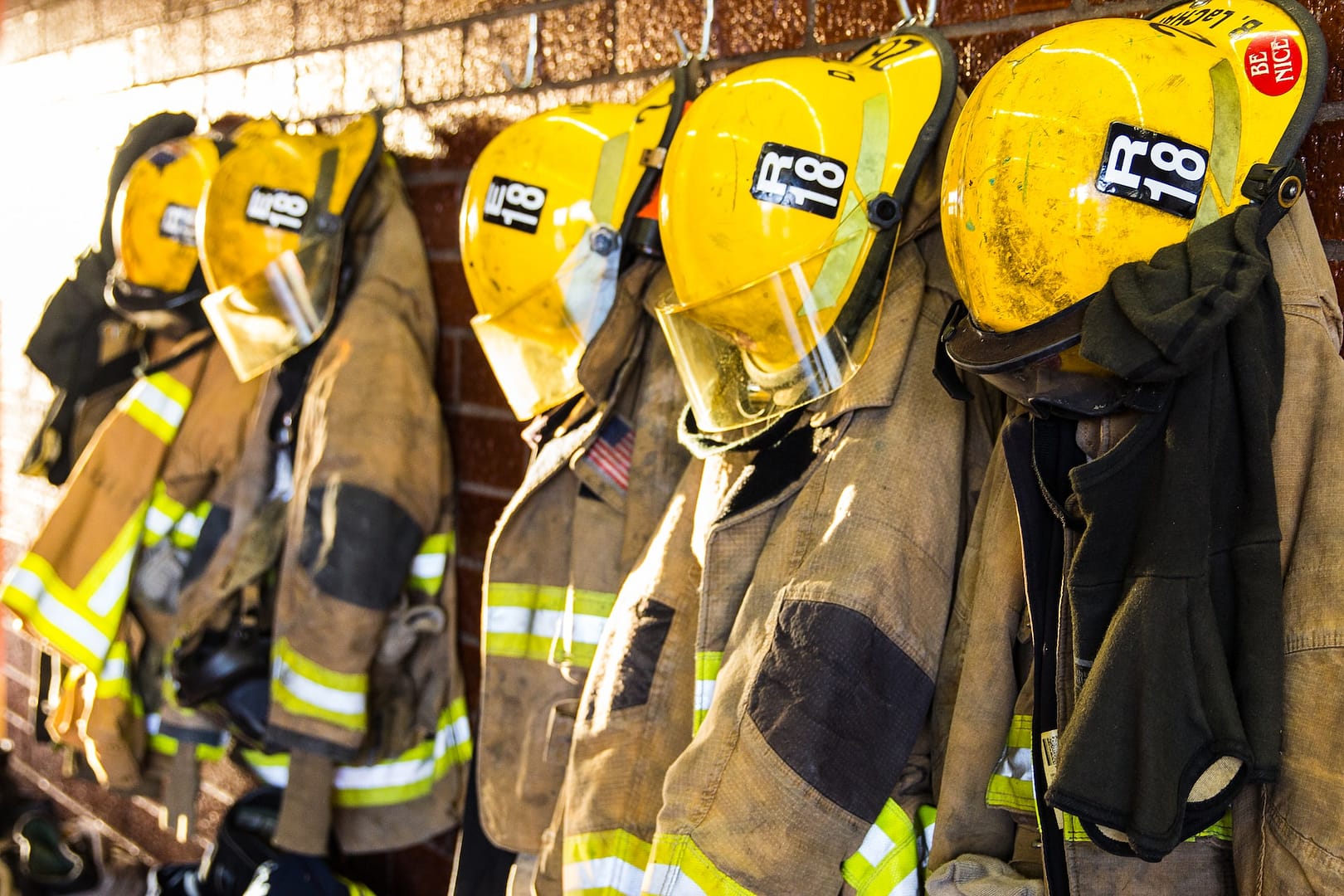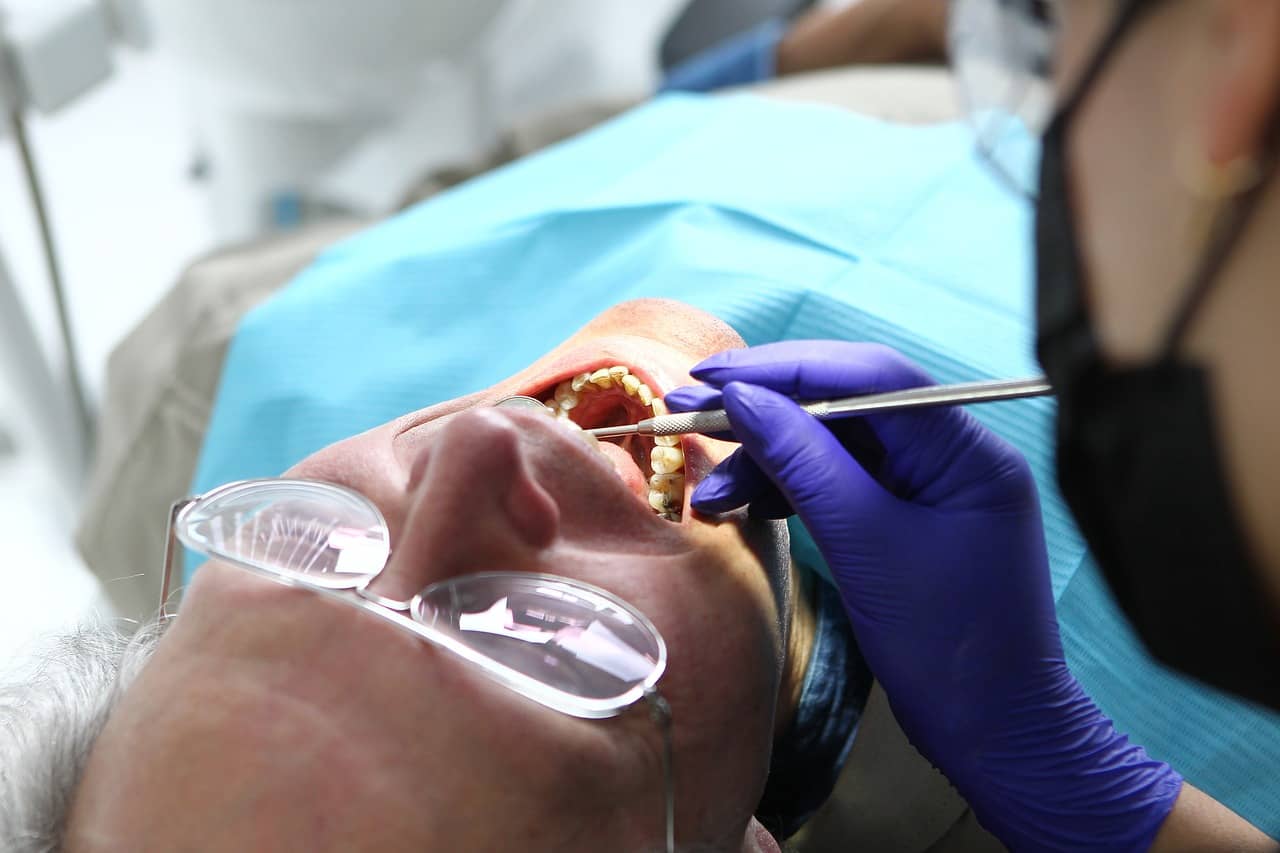In today’s fast-paced world, various career paths exist, each offering unique challenges and rewards. Some professions, however, come with an inherent level of risk that goes beyond the everyday workplace hazards. These are known as high-risk jobs, where individuals put themselves in situations that require exceptional skill, courage, and often, a degree of fearlessness. In this article, we delve into the intriguing realm of high-risk jobs, exploring what they entail, the environments in which they thrive, and the individuals who willingly embrace these high-stakes careers. We also delve into what the best steps are to take when making an accident at work claim.
What is a High-Risk Profession?
A high-risk profession, as the name suggests, involves tasks and responsibilities that expose individuals to an elevated level of danger, both to their physical well-being and mental resilience. These jobs often demand exceptional skills, training, and a strong sense of duty. It’s crucial to note that high-risk professions are not limited to a specific industry or sector; they can be found across various fields. Here are some key aspects that define a high-risk profession:
Inherent Danger
High-risk jobs typically involve tasks that come with a significant potential for harm. This danger can stem from working with heavy machinery, dealing with hazardous materials, or facing unpredictable situations regularly. These jobs are often characterised by a higher likelihood of accidents or injuries.
Extensive Training
To mitigate the risks associated with high-risk professions, individuals usually undergo rigorous training and certification processes. This training equips them with the necessary skills to navigate challenging situations safely. For instance, firefighters receive extensive training on handling fires and rescuing people from dangerous situations.
Adherence to Strict Safety Protocols
Safety is paramount in high-risk professions, and strict protocols and guidelines are in place to minimise risks. Professionals in these fields must adhere to safety procedures and wear protective gear to ensure their safety and the safety of those around them.
Commitment to Public Service
Many high-risk professions involve a strong commitment to public service. Individuals in these roles often put their lives on the line to protect others, such as police officers who work tirelessly to maintain law and order or search and rescue teams who respond to emergencies.
Psychological Resilience
High-risk jobs can also take a toll on one’s mental well-being. Dealing with life-threatening situations or witnessing traumatic events can be emotionally challenging. Thus, psychological resilience is a critical aspect of these professions.
Examples of High-Risk Professions
Now that we have a clear understanding of what high-risk professions entail, let’s explore some examples of these careers. Please note that while these examples are based on real-life scenarios, they do not represent actual individuals or incidents, as per the reference source from the UK.
Firefighters
Firefighters are among the most iconic high-risk professionals. They are trained to respond to fires, rescue individuals from burning buildings, and provide medical assistance in emergencies. Their job requires physical strength, agility, and the ability to remain calm under extreme pressure.
Police Officers
Police officers face potential danger every day while enforcing the law and maintaining public safety. They deal with a wide range of situations, from routine traffic stops to high-stakes hostage rescues. The responsibility to protect and serve their communities is a cornerstone of their profession.
Search and Rescue Teams
Search and rescue teams are tasked with locating and saving individuals in distress, often in challenging and remote environments. These professionals may be called upon to find lost hikers, help during natural disasters, or rescue people trapped in hazardous situations.
Construction Workers
While construction may not seem as inherently dangerous as firefighting or law enforcement, it is a high-risk profession due to the potential for accidents involving heavy machinery, heights, and hazardous materials. Safety measures and equipment are crucial to protect workers in this field.
Military Personnel
Members of the military face life-threatening situations while defending their country and its interests. Whether deployed in combat zones or participating in peacekeeping missions, military personnel often work in high-risk environments.
What Are High-Risk Environments?
High-risk environments, on the other hand, refer to the settings or conditions in which high-risk professions operate. These environments often amplify the challenges and dangers associated with these careers. Let’s take a closer look at what characterises high-risk environments:
Physical Hazards
High-risk environments are often rife with physical hazards. These can include exposure to extreme temperatures, sharp objects, heavy machinery, or hazardous chemicals. Such conditions pose a constant threat to the safety of individuals working in these environments.
Unpredictable Situations
High-risk environments are dynamic and unpredictable. They can change rapidly, presenting new challenges that require immediate response. For example, firefighters may face shifting fire conditions or unexpected structural collapses during rescue operations.
Remote or Isolated Locations
Some high-risk environments are situated in remote or isolated areas. This isolation can make access to medical assistance or emergency services difficult, adding an extra layer of risk. Search and rescue teams often operate in such settings.
Emotional Stressors
High-risk environments can be emotionally taxing. The constant exposure to danger, suffering, or traumatic events can lead to stress, anxiety, and even post-traumatic stress disorder (PTSD) among professionals working in these conditions.
Lack of Control
Individuals in high-risk environments often have limited control over external factors. For example, military personnel on a mission may not be able to predict or control enemy actions, increasing the inherent risk of their duties.
Making an Accident at Work Claim with National Claims
At National Claims, we understand the unique challenges and risks associated with high-risk professions and environments. If you are a high-risk professional and have suffered an injury or accident at work, we are here to help you navigate the process of making a compensation claim.
How We Can Assist You
Expert Guidance: Our team of experienced claims specialists is well-versed in the intricacies of high-risk professions. We can provide expert guidance tailored to your specific situation.
Streamlined Process: We understand that your time is valuable. Our goal is to streamline the claims process, ensuring that you receive the compensation you deserve without unnecessary delays.
Support and Advocacy: We are your advocates during the claims process. We will work diligently to ensure that your rights are protected and that you receive fair compensation for your injuries.
Compassionate Approach: Dealing with the aftermath of a workplace accident can be emotionally challenging. Our compassionate approach ensures that you receive the support and understanding you need during this difficult time.

Conclusion
In conclusion, high-risk professions encompass a wide range of careers that involve individuals willingly placing themselves in situations of heightened danger. These professionals undergo rigorous training, adhere to strict safety protocols, and commit to public service with unwavering dedication. While high-risk environments present numerous challenges, these individuals continue to serve society selflessly.
High-risk professions are populated by unsung heroes who often work behind the scenes, making sacrifices and taking risks to keep others safe. Their commitment to their duties, often without the expectation of widespread recognition, is a testament to their character and sense of duty.
Recognising the importance of support and acknowledgment for these professionals is vital. By providing the necessary training, access to mental health services, and community support, we can help them navigate the physical and emotional challenges of their careers.
In conclusion, high-risk professions and environments shed light on the remarkable individuals who embrace these careers. They exemplify courage, dedication, and a profound commitment to public service, reminding us of the unsung heroes who work tirelessly to keep our communities safe. If you or a loved one has suffered an injury in a high-risk profession, remember that National Claims is here to support you in your journey towards fair compensation and recovery.
Start your claim with one of our claims specialists by contacting us today.
Click below to see why we are one of the most trusted claims management companies in the UK.

We’re proud of our excellent customer reviews
We thrive on delivering exceptional service and ensuring our clients’ satisfaction. Don’t just take our word for it. Check out some of our independent reviews to see what our clients have to say.
Excellent

This firm is excellent, they sorted out my car pay out and injury claim very fast, they always communicate with you all the time.

My accident case was dealt with confidence and with great result of the outcome, especially James kept me informed all the time.

I was very impressed at the way my inquiry was treated. I was listened to attentively and everything I needed to know was explained to me.






